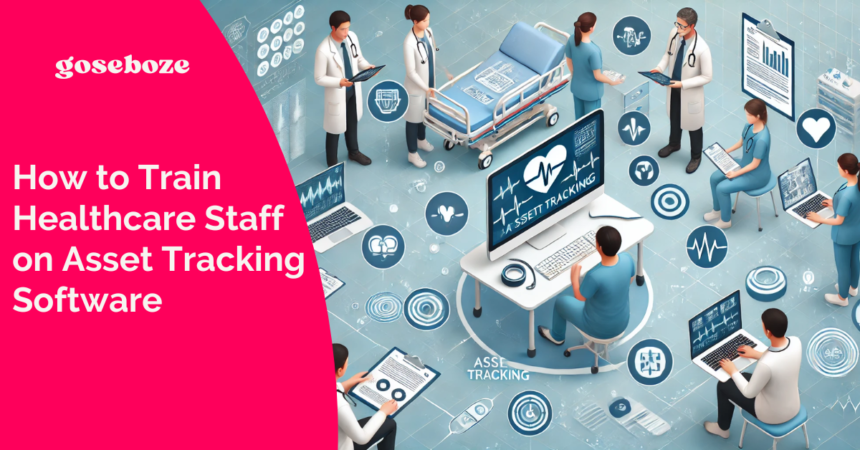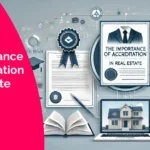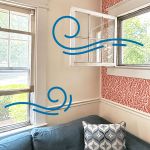In the healthcare sector, it’s crucial to manage assets for smooth operations and quality care delivery. While it may seem like a challenge, asset tracking software plays a major role in helping healthcare organizations monitor equipment, optimize usage, minimize waste, and streamline workflows. However, introducing technology necessitates training for healthcare staff to leverage its advantages fully. In this article, we will delve into strategies for training healthcare personnel on asset tracking software to unlock the software’s potential.
Evaluate Staff Training Requirements
Before initiating any training initiative, it is essential to assess the knowledge and skills of your healthcare workforce regarding asset tracking software. Conduct an evaluation to pinpoint knowledge gaps and skill deficiencies across departments. Pick technically skilled staff for whom it would be easier to use the healthcare asset tracking software. Understanding the needs of roles within your organization will shape a tailored and effective training program.
Create Tailored Training Modules
A one-size-fits-all approach doesn’t work when it comes to staff training. Develop modules that cater to the needs of each department or job role in your healthcare facility. When designing course material that covers functions and specialized features, be sure to make it relevant to different roles. Providing educational content will boost morale levels and ensure meaningful learning experiences.
Interactive Workshops and Simulations
Engage your team with workshops and simulations to liven up training sessions. Hands-on participation in workshops and guided use of asset-tracking software can boost learning effectiveness. Simulations are also helpful for replicating real-world scenarios encountered in tasks.
Utilize Visual Aids and Demonstration Videos
Incorporate aids like charts, diagrams, infographics, and screenshots in your training materials to enhance learning retention. Demonstration videos that outline step-by-step procedures can simplify concepts related to asset-tracking software functionality.
Provide Hands-on Training
Allow staff members to use the software in their work environment to complement knowledge with experience. Encourage hands-on practice on healthcare assets to build familiarity and competence with the software features.
Schedule Regular Follow-up Sessions
Ensure knowledge retention by scheduling follow-up sessions to reinforce training. Consistent follow-ups are essential for maintaining staff proficiency with the asset tracking software. Make sure to set up follow-up sessions or refresher courses for employees to ask questions, seek guidance, and stay informed about any software updates or enhancements in the asset tracking system. This continuous support helps reinforce their knowledge and ensures they are well-versed in how to use it.
Foster a Culture of Learning
Promote a work environment that values development to encourage a culture of learning. Offer access to resources like tutorials, webinars, and user forums for the asset tracking software. Support team members interested in expanding their technology skills through certifications or specialized training. Having an excited workforce will streamline processes while maximizing the benefits of your asset-tracking solution.
Read Also: XCV Panels: A Comprehensive Guide on Revolutionizing Solar Energy
Establish Clear Standard Operating Procedures (SOPs)
Establish Standard Operating Procedures (SOPs) to maintain consistency in using the asset tracking software. Develop a manual with step-by-step instructions for tasks such as adding assets, assigning them to users or departments, conducting audits, and generating reports. By providing SOPs, you equip healthcare staff with the information they need to navigate the software accurately.
Integrating Gamification into Training Programs
Training sessions can often seem monotonous for healthcare workers with busy schedules. One effective strategy is to incorporate gamification techniques into your training programs. By including quizzes, rewards, leaderboards, and challenges, gamification brings an element of enjoyment and friendly competition to the learning process. This approach boosts engagement, motivation, and knowledge retention among staff members.
Continuous Enhancement
It is vital to assess the effectiveness of any training program and seek feedback from healthcare staff. Establish ways to gather insights from staff members on what works in the training program and where improvements are needed. Utilize this feedback to pinpoint areas for enhancement or additional content updates. By evaluating and refining your training methods, you ensure their relevance to an evolving technological landscape.
In Summary
Providing instruction on asset tracking software is essential for implementing and utilizing this valuable tool within your organization. Tailored training modules for roles, interactive workshops, visual aids, practical exercises combined with theory sessions, ongoing follow-up meetings, and fostering a culture of learning are all key components for achieving optimal outcomes. Equipping your healthcare team with the skills and knowledge sets the stage for efficiency, streamlined procedures, cost-effectiveness, and ultimately improved patient care.








